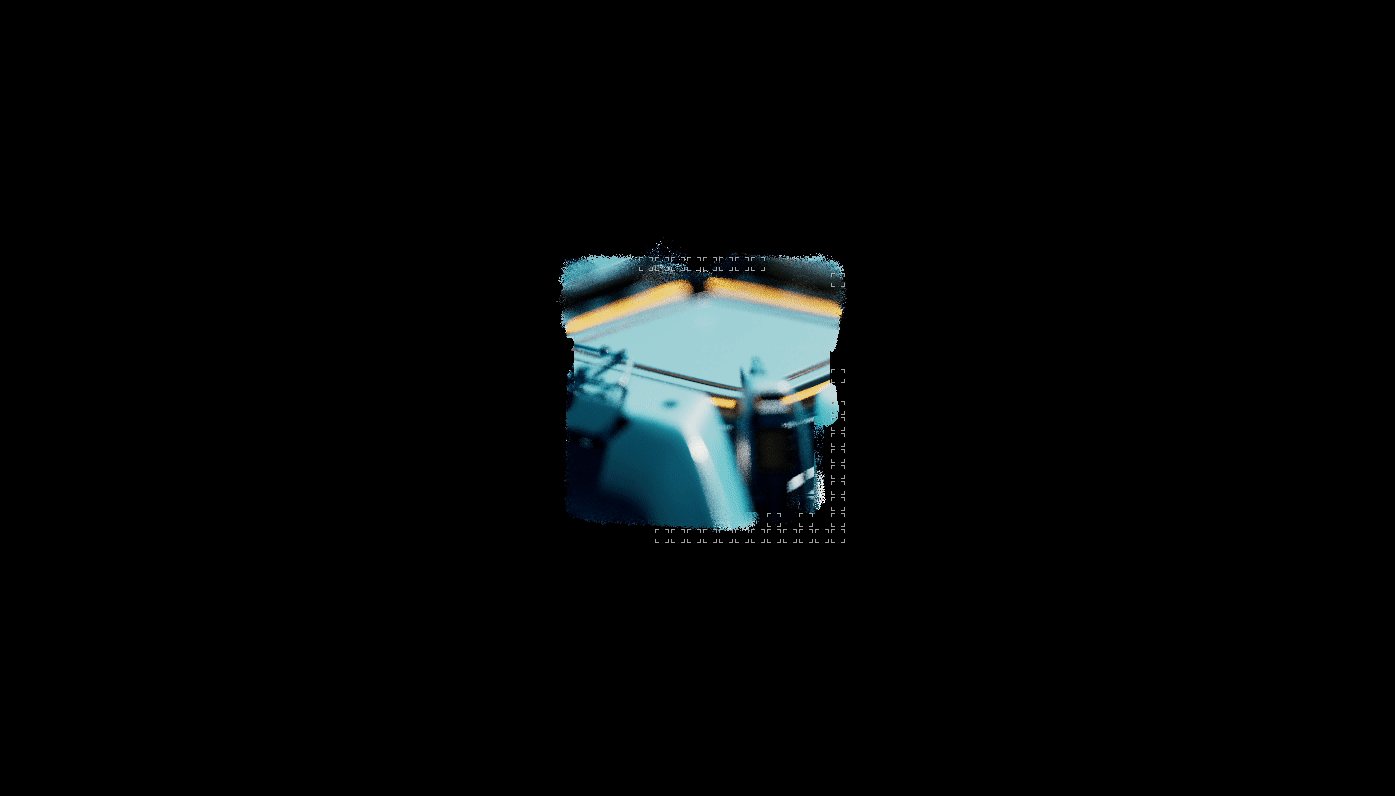Polynomial Optics
Polynomial optics is the state-of-the-art in fast, physically plausible lens simulation. This camera model uses real lens data, but precalculates it in a way that all information about the lens is discarded. This means there is no performance difference between a lens with 5 or 25 optical elements.
Many times faster than pota due to bidirectional sampling
Physically correct distortion, coma, astigmatism, field curvature, spherical aberration & optical vignetting
Thin-Lens
We extended the classical thin-lens model with additional creative control, while also significantly improving the performance.
Many times faster than default Arnold camera (~30x), achieved by decoupling camera rays from primary rays
Uses common controls found on cameras, such as f-stop.
Optical Vignetting (Cateye bokeh)
Add additional luminance to bokeh only
Circle to square transitions (useful for anamorphic looks)
Empirical Chromatic aberration

![Default Arnold Sampling [equal time comparison, 10AA].](./assets/img/lentil-comparison-motherboard-10AA-arnolddefault.png)
![With Lentil Enabled [equal time comparison, 5AA].](./assets/img/lentil-comparison-motherboard-5AA-bidirectional.png)
![Arnold Default Thin Lens [30s, 8AA]](./assets/img/arnold_default_thinlens_30s_compressed.jpg)
![Lentil Thin-Lens Bidirectional [30s, 5AA]](./assets/img/lentil_thinlens_30s_compressed.jpg)
![Arnold Default Thin-Lens [15m, 40AA] - Unpractical for any production scene](./assets/img/arnold_default_40aa_10m_cc_compressed.jpg)
![Lentil Bidir (Cooke Speed Panchro) [10m, 5AA]](./assets/img/lentil_bidirectional_5AA_10m_cc_compressed.jpg)
